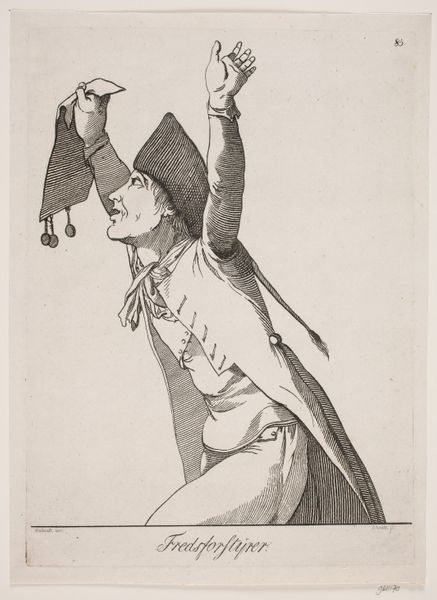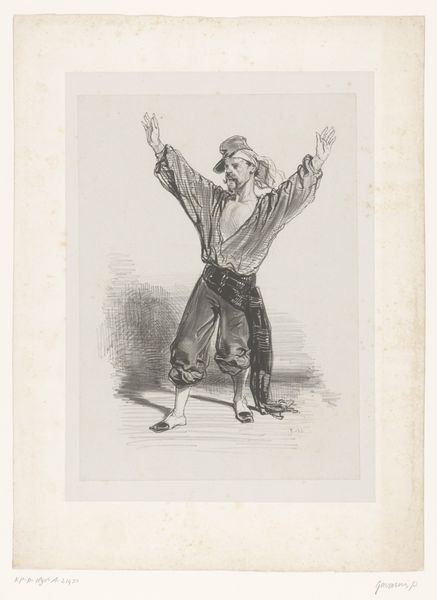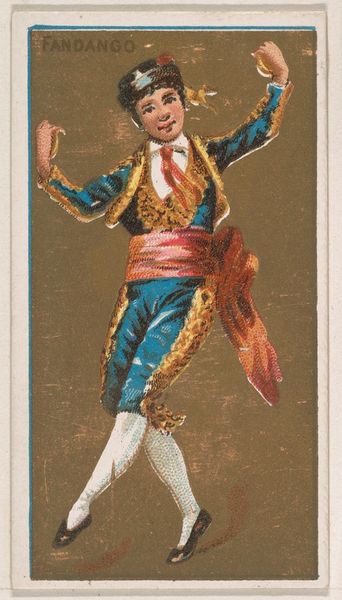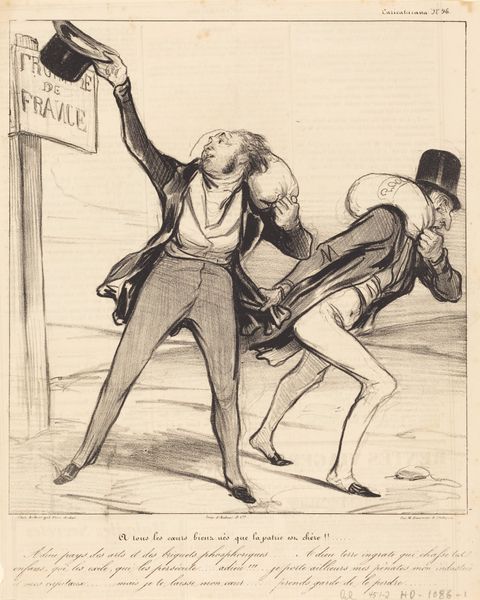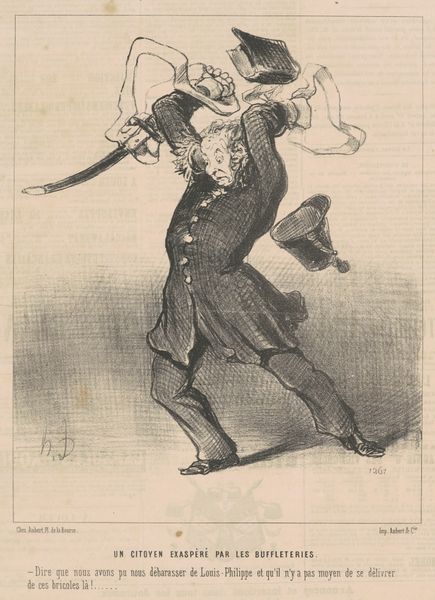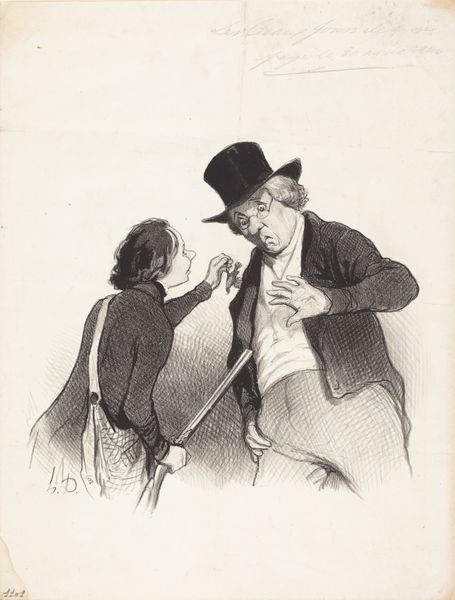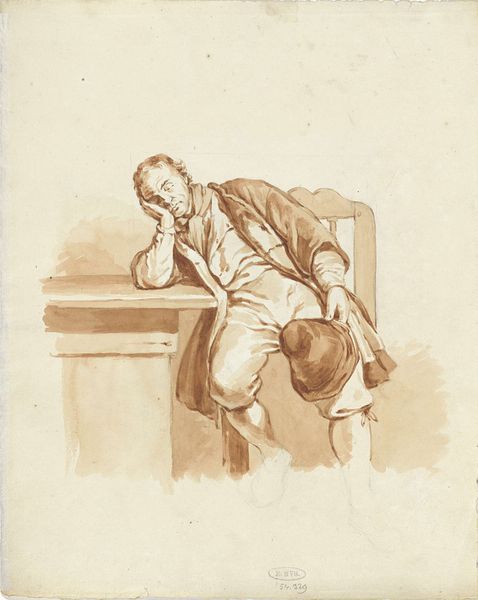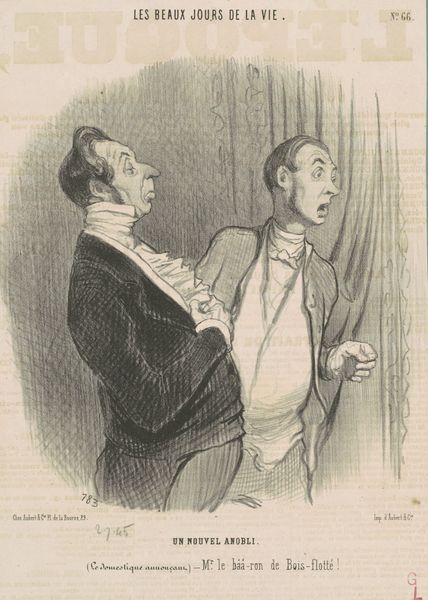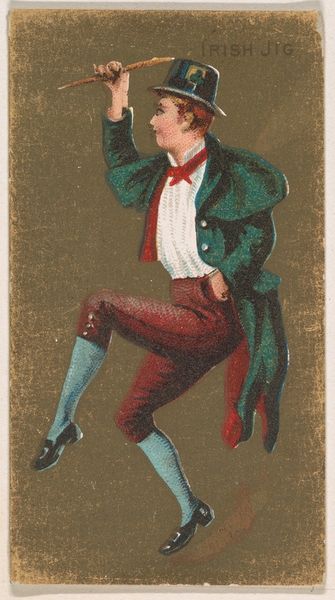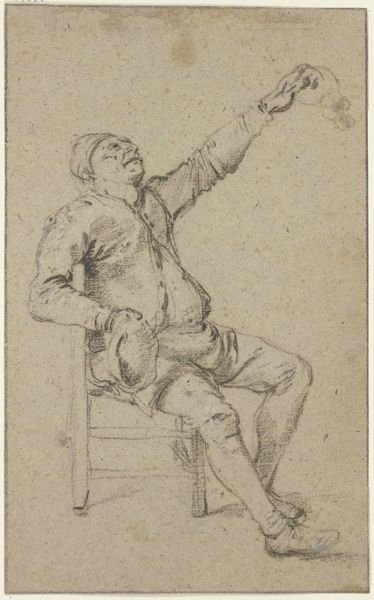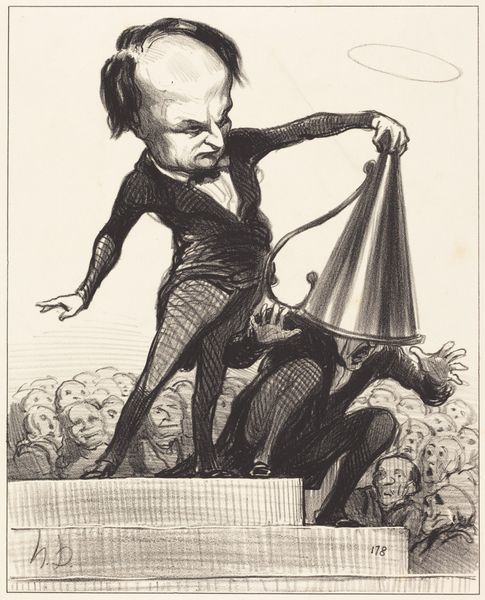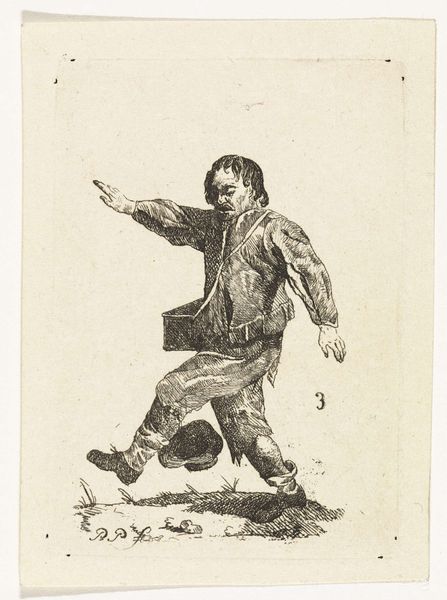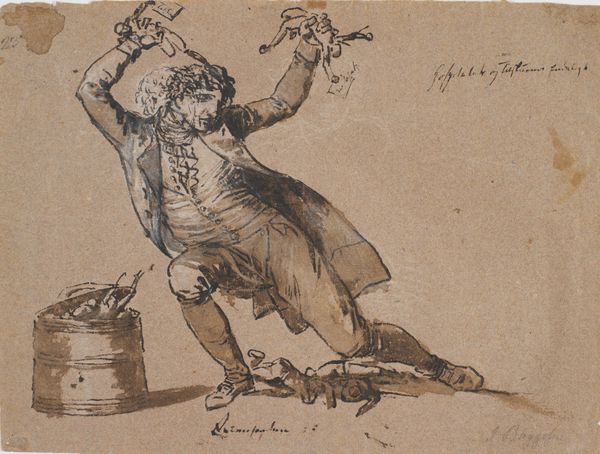
painting, oil-paint
#
portrait
#
neoclacissism
#
self-portrait
#
painting
#
oil-paint
#
oil painting
#
genre-painting
#
academic-art
Dimensions: 114.3 x 88.9 cm
Copyright: Public domain
Editor: Here we have Joseph Ducreux’s "Self-portrait, yawning," from 1783, done in oil. It's startlingly expressive, so different from the posed portraits of the era. I'm curious, what’s your perspective on this work? Curator: From a materialist perspective, it’s crucial to look at the means of its making. Consider the availability and cost of pigments like that vibrant red in 1783. This wasn't just any color; it signalled status and access to specific global trade routes. Do you think this self-portrait is then, about something more than just expression? Editor: Well, the yawn feels very personal. Is it a comment on the labor of portraiture itself, perhaps? All those hours posing, maybe a yawn was inevitable! Curator: Precisely. Think about the labor involved in creating the canvas, grinding the pigments, and even the societal expectations around portraiture as a commodity. Ducreux is actively challenging the expected polished facade by foregrounding a mundane physical act. He implicates his own body, his labor, and his tools in the work itself, thus democratizing high art by showing its messy, material reality. Do you see that echoed in his expression? Editor: I think so, he's presenting something very raw, and even… accessible. It isn't this idealized image of himself. Curator: Right! By showing a physical, perhaps even 'vulgar,' moment, Ducreux brings art down from its pedestal. What could have motivated him to do so? Editor: Maybe he was reacting against the art establishment? Presenting the artist not as a detached genius, but as a person caught in the act of… existing? Curator: Exactly. It redefines artistry through process, social critique, and, most significantly, the lived experience and its translation through material practice. I think this helps frame what the artwork is really doing. Editor: That’s fascinating. I hadn’t considered the implications of the materials and the artist’s labor so directly. Thanks! Curator: My pleasure. Considering the work as physical labor helps me to look at art in an entirely different light.
Comments
No comments
Be the first to comment and join the conversation on the ultimate creative platform.
